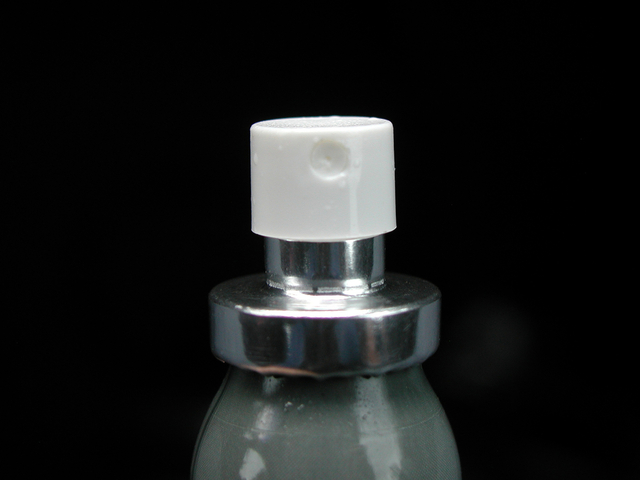Sealing and insulating a home’s building envelope can be an expensive and time-consuming procedure, and can often be vulnerable to human error. Currently, contractors will need to manually find both small and massive gaps in a building’s construction so as to completely seal the space from water and air, but they can often miss holes or not even realize they exist in the first place until hot water service repairmen or plumbing emergency services arrive, like those in electrical sockets.
 A new technology from duct-sealing business Aeroseal seeks to remove some of the issues and shortcomings of conventional insulation using an automated aerosolized sealing system which is more precise and efficient than others in the marketplace.
A new technology from duct-sealing business Aeroseal seeks to remove some of the issues and shortcomings of conventional insulation using an automated aerosolized sealing system which is more precise and efficient than others in the marketplace.
To use AeroBarrier, employees need to temporarily block boors, windows, electrical outlets, and any other spaces that they don’t want sealed. Then, after pressurizing the room and setting the system to seal to a particular tightness (for instance, the Passive House Standard is 0.6 ACH), the automated system sprays sealant particles which travel to gaps and build up and bond with each other to seal holes. The company says that the technology can seal gaps up to 1/2″ broad and as little as a human hair. After the sealant is used, it looks like a gray caulk and can be painted over.
The product is not on the market yet as it is still seeking advice from house extension builders and designers, but the company has used it to seal numerous multifamily buildings and has partnered with various production builders for field trials on new single-family homes.
AeroBarrier is a single-step aerosolized sealing process that simultaneously measures and seals building envelope leaks. The technological concepts used with AeroBarrier are an extension of aerosol-based duct sealing technology developed by the Department of Energy in the late 1990s.
Effectively sealing a building envelope is currently a manual multi-step, multi-product procedure that typically requires verification and application during various phases of construction. AeroBarrier replaces these different processes with a single-step, single application computer-controlled procedure which simultaneously seals and facilitates the contraction of the building envelope. AeroBarrier can also be utilised along with present sealing processes and during ongoing renovations or residential plumbing service repairs as a way of meeting specifications when conventional methods fail.
Some of its key benefits include; meeting the most competitive air leakage standards, only taking about 2-3 hours to seal a room including setup, and cutting back on the manual procedure in a single-step, single product program. The technology also provides a final report with documented results.
But what types of products and laborers can this technology replace at the future? Nowadays, effectively sealing the building envelope requires an range of products used during various phases of the construction procedure. Amongst others, these could include insulation, barrier sheeting, wraps, mastics, spray foams and caulking. AeroBarrier can replace many, if not all these sealing strategies with one program.
Additionally, conventional manual sealing is accomplished through numerous workers during different stages of the construction process, while AeroBarrier typically requires just two to three employees applying the sealant during one phase of construction. Some contractors may put on the technology as a way of meeting specifications when conventional methods have failed whilst others may use AeroBarrier as a replacement for some or all these current techniques.
As of right now, the price tag is still being determined. Various builders currently use different procedures to attain adequate envelope tightness, so the savings depend upon a variety of variables including current strategies and processes used. We hope to get a better comprehension of this – and how much it will cost to use the sealant after builders warranty and public liability insurance – once the technology is introduced to the market and they hire more contractors for home extensions.
There were some challenges bringing it to market, however. As with the introduction of any revolutionary invention, there are issues associated with educating and demonstrating viability. In this pre-market stage, Aeroseal worked hard to gain the trust of the contractor partners and answer questions they might have had regarding the technology’s application, efficacy, durability, and viability at work. During development, there were also ongoing tweaks made to both the sealant properties and the shipping equipment to guarantee maximum efficacy and its conducive program in real-world atmosphere. As we get closer to market introduction, questions concerning cost savings and price point are being analyzed.
AeroBarrier is currently being used in final field trials and is expected to be commercially available in early 2018.






